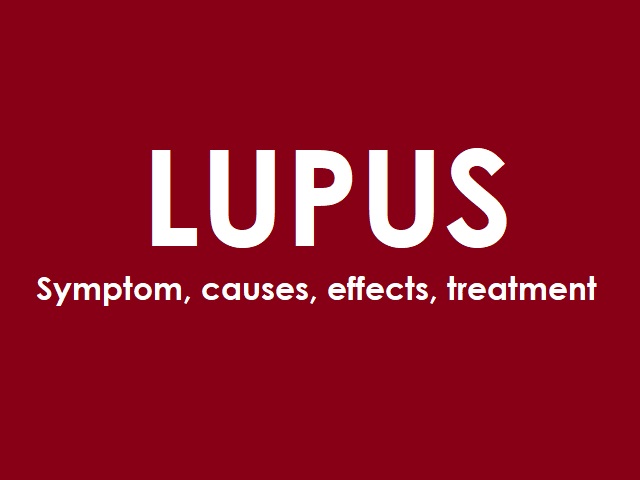9 Signs You May Have Hemochromatosis -- Symptoms, Causes, Effects, Treatment and Prevention
Hemochromatosis is a hereditary disorder characterized by excessive iron absorption and accumulation in the body. This leads to iron overload, which can damage various organs and tissues over time. Hemochromatosis can be primary, caused by genetic mutations, or secondary, resulting from other conditions or factors that increase iron absorption.
Symptoms of Hemochromatosis:
The symptoms of hemochromatosis can vary and may include:
- Fatigue and weakness
- Joint pain and stiffness
- Abdominal pain
- Loss of sex drive and impotence
- Changes in skin color, such as bronze or grayish tint
- Liver enlargement and damage (cirrhosis)
- Heart problems, including arrhythmias and heart failure
- Diabetes and pancreatic dysfunction
- Hypothyroidism
Diagnosis of Hemochromatosis:
Diagnosing hemochromatosis involves a combination of medical history, physical examination, and laboratory tests. Common diagnostic tests include:
- Blood tests to measure iron levels, ferritin levels, and transferrin saturation
- Genetic testing to identify specific gene mutations associated with hereditary hemochromatosis
- Liver function tests and imaging studies to assess organ damage
Causes of Hemochromatosis:
Hemochromatosis is primarily caused by genetic mutations that affect iron metabolism. The most common gene mutation associated with hereditary hemochromatosis is the HFE gene mutation. In rare cases, secondary hemochromatosis can result from other conditions such as chronic liver disease, certain anemias, or repeated blood transfusions.
Effects of Hemochromatosis:
If left untreated, hemochromatosis can lead to severe complications, including:
- Liver diseases such as cirrhosis, fibrosis, and hepatocellular carcinoma
- Heart problems, including cardiomyopathy and arrhythmias
- Diabetes and pancreatic dysfunction
- Joint damage and osteoarthritis
- Hypothyroidism and adrenal insufficiency
- Increased risk of certain cancers
Treatment and Prevention of Hemochromatosis:
The main treatment for hemochromatosis is therapeutic phlebotomy, which involves regularly removing blood to reduce iron levels in the body. This helps prevent further iron accumulation and associated complications. In some cases, iron-chelating medications may be used to reduce iron levels. Prevention of secondary hemochromatosis involves managing the underlying condition causing iron overload, such as treating liver disease or avoiding unnecessary blood transfusions.
References:
Mayo Clinic. (2021). Hemochromatosis. Retrieved from https://www.mayoclinic.org/diseases-conditions/hemochromatosis/symptoms-causes/syc-20351443














